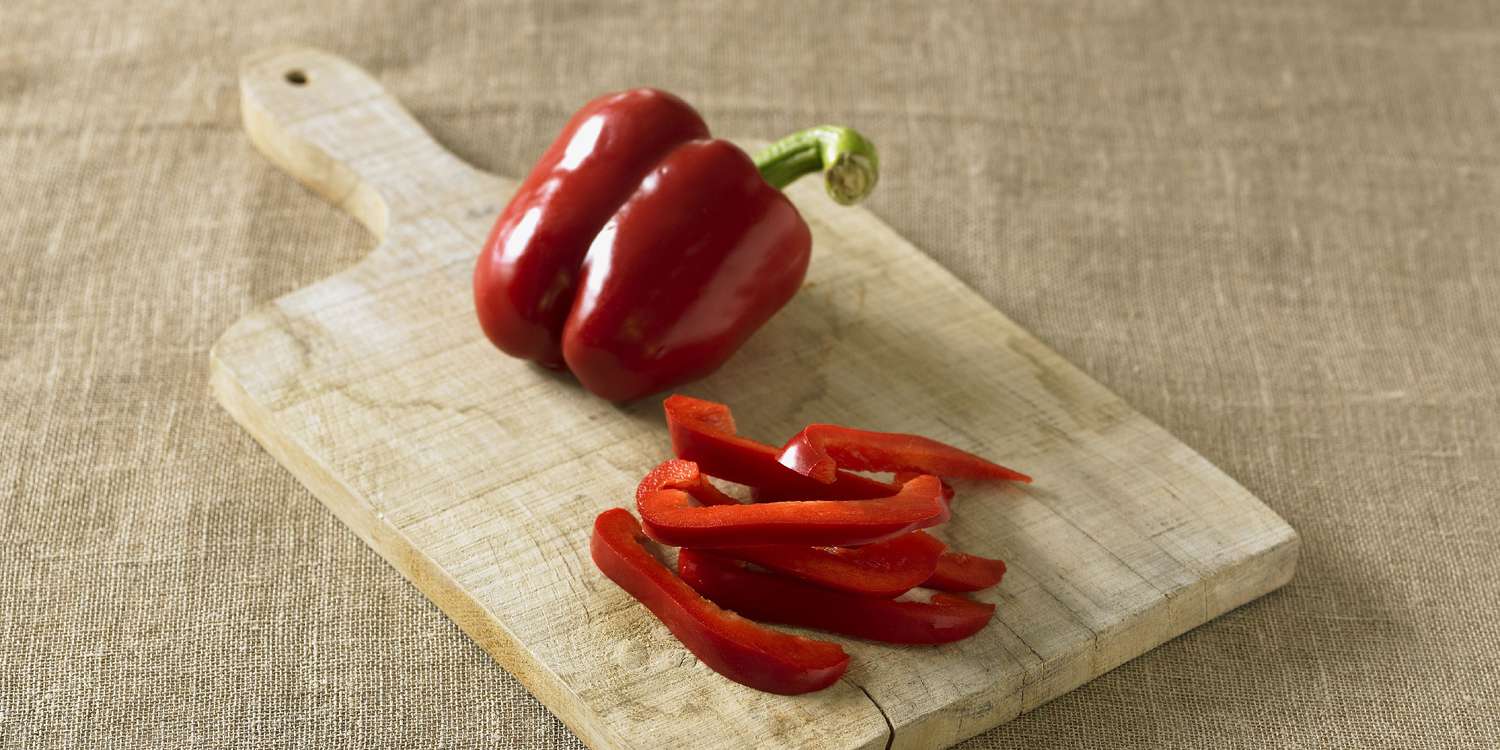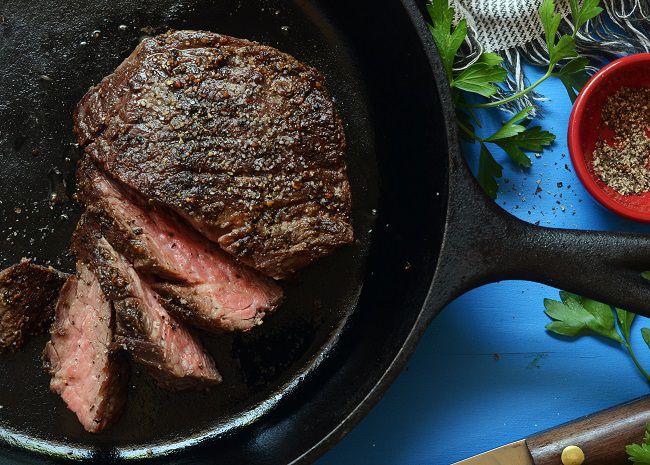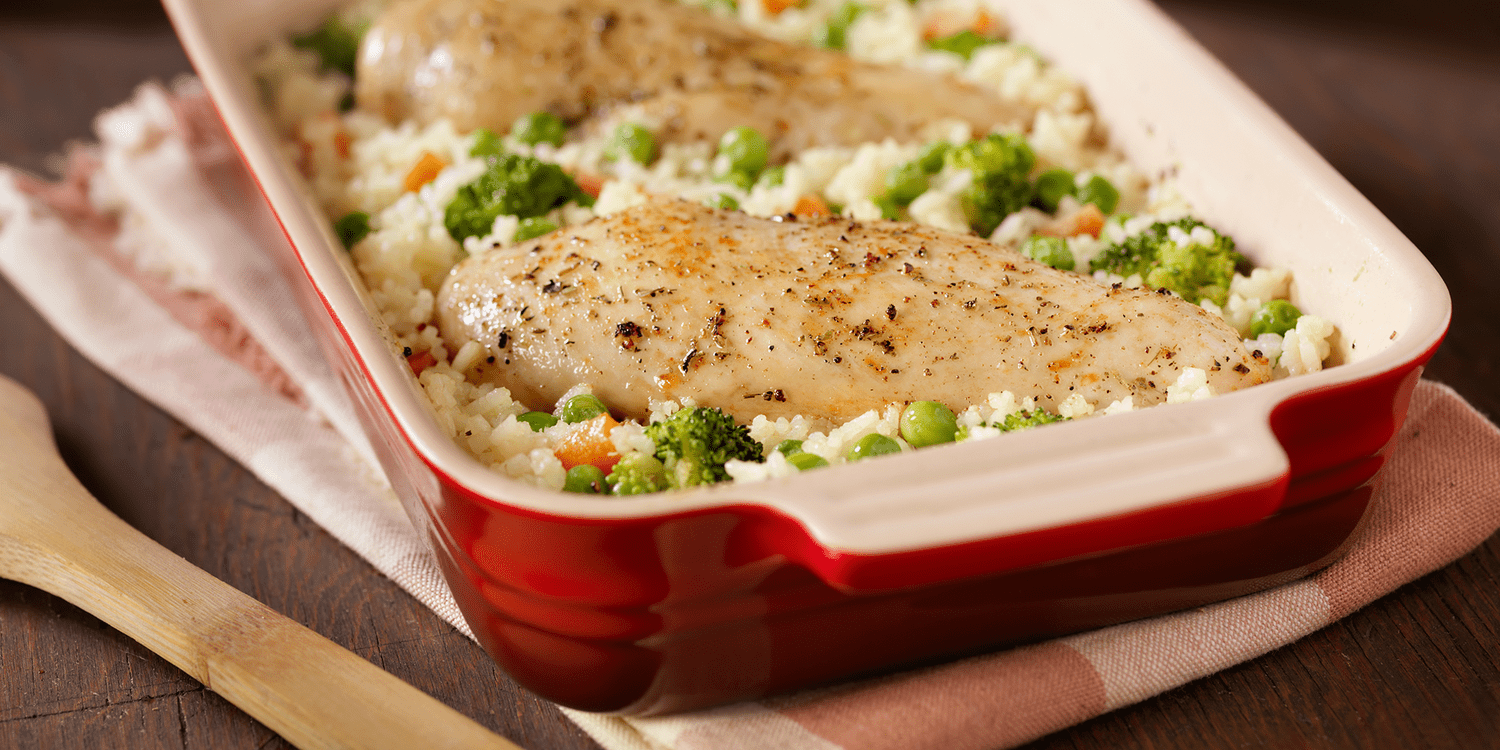Bell peppers and their mild yet delicately sweet taste are so prized they’re used in recipes across the globe. In fact, they’re so important they’re a part of something called the “holy trinity” in Cajun and Creole cuisine; a mixture of onions, celery, and bell peppers used in the same manner as the French’s mirepoix (onion, celery, and carrots diced fine and used as a foundation for flavor).
They’re also a part of the Spanish’s sofrito, a mix of garlic, onion, peppers, and sometimes tomato or carrot — providing the base of much of that culture’s cooking.
So, whether you like to do your weekly shopping in advance or accidentally purchased too many peppers at the store, it’s best to know how to keep them fresh for as long as possible.
How Long Do Peppers Last?
Fridge: 14 days (whole) 7 days (sliced)
Room temperature on the counter: 5 days
In freezer: 6 months – 1 year
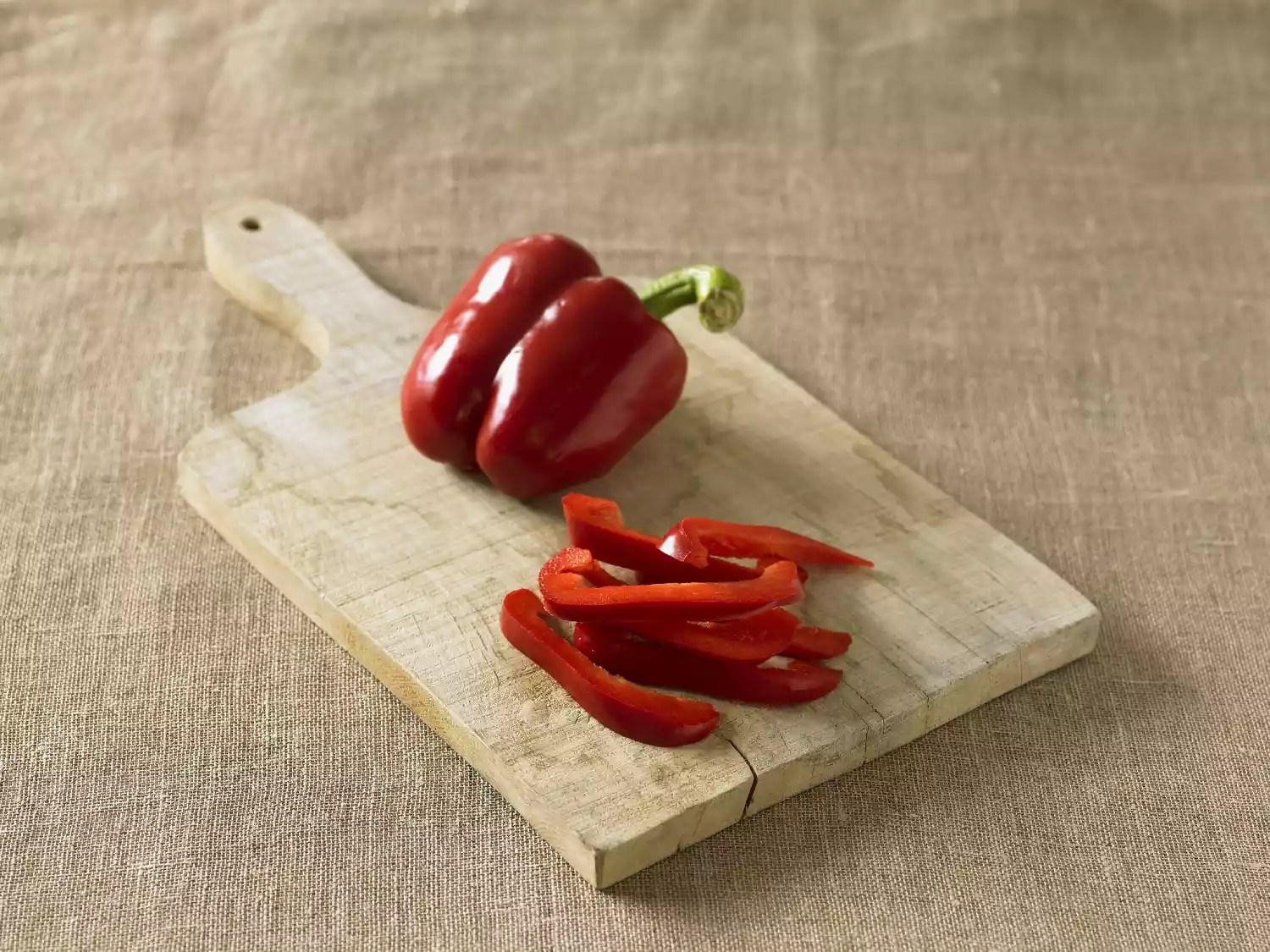
In the Fridge or on the Counter: Which Is Better for Peppers?
Bell peppers are the only pepper variety absent of capsaicin, the compound that produces spice. This means they can be enjoyed raw or cooked, and they can be used in any preparation imaginable.
But where to store them? Peppers purchased from a farm stand hang out happily without refrigeration, whereas peppers from a store are plucked from the chilled displays. As such, an argument can be made for either the counter or the fridge. Deciding which place is better depends on when you plan on using them and whether they’re unused or leftover.
Ways to Store Peppers in the Fridge
The most common thought for storing whole peppers in the fridge is a crisper drawer, and that’s not a bad idea. Clean the peppers and ensure they’re good and dry, add them to a mesh or plastic produce bag, leave the bag open, and place them in the low humidity drawer, often dubbed the “fruit” drawer. Peppers purchased when they’re nice and firm and absent of blemishes can last up to two weeks in the fridge.
If the peppers are sliced, any freezer bag or airtight container outfitted with a paper towel to help absorb excess moisture will do. A dry environment for a vegetable that contains a good amount of water is crucial – or else mold will thrive. Sliced peppers left to sit in their own moisture is the fastest route to a slimy situation. Cut peppers can keep up to 7 days this way, but it’s best to use them as soon as possible.
Leftover cooked peppers should be stored in an airtight container and will last 3-4 days in the fridge.
Leaving Peppers on the Counter
If the plan is to use your firm, fresh, just-bought peppers within a few days, keeping them on the counter is just fine. The best practice for counter storage is to choose a spot that stays cool and dry and allow them to rest in an open produce bag. Countertop storage allows you up to 5 days before signs of spoilage will start to appear.
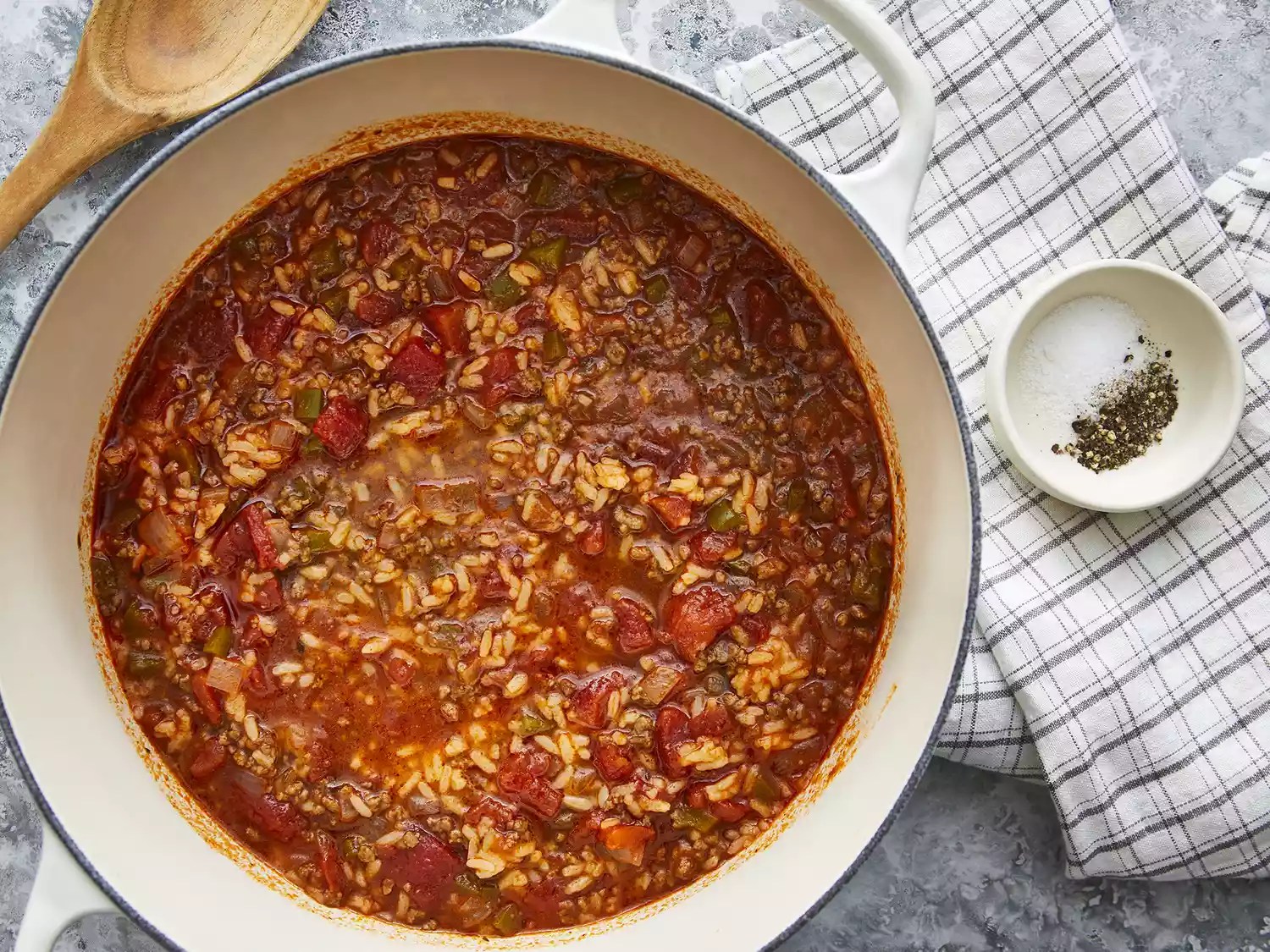
Get the recipe:Stuffed Pepper Soup
How to Freeze Peppers
Peppers, with their higher moisture content, might not appear like they’d do well in the freezer, but they do. Clean and slice or chop them, lay them in a single layer on a parchment-lined baking sheet, and place them in the freezer. Then, once frozen, pile them in a zip-top bag with as much air removed as possible.
You can freeze them whole, but it’s better to do a little breakdown. Take off the stem and top, remove the seeds and internal membrane, and replace the tops. Wrap these put-back-together peppers tightly in plastic wrap, then place them in zip-top bags. And don’t forget to label the bag.
How to Tell if Peppers Have Gone Bad
Fresh peppers are firm, smooth, shiny, and heavy for their size. Wrinkles are the first sign of spoilage, accompanied by softness, then bad spots/holes and mold. Yellow, orange, and red bell peppers tend to spoil faster than green, due to their sweeter and riper nature. Though there are some green bell peppers (such as Permagreen) most green peppers are simply unripe peppers, which is why they last longer than red, orange, yellow, etc. that are picked after they’re ripe.
Wrinkles mean the pepper has begun to lose moisture, but they’re still fine to eat, they might just be a little less crisp. It’s best to save these wrinkled ones for dishes where the peppers will be cooked, as they won’t be as pleasing to eat raw.
Related:
- 7 Stuffed Pepper Recipes With Chicken
- Stuffed Poblano Pepper Recipes to Try ASAP
- How To Stop the Hot Pepper Burn

